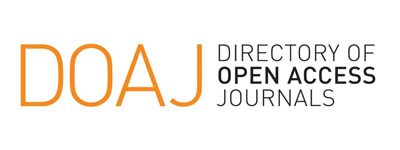Land Use Suitabililty Evaluation Based on Land Capability in Mojokerto Regency
DOI:
https://doi.org/10.21776/ub.igtj.2018.007.02.05Abstract
In its development, Mojokerto Regency experienced very rapid growth. The form of development control efforts to run optimally and sustainably is measuring the carrying capacity of the land. This study aims to evaluate the suitability between land capability and actual land use and allocation of land space patterns (RTRW) of Mojokerto Regency. Land capability is obtained by spatial analysis and overlay on several criteria for land boundary factors including soil texture, effective depth, drainage, land slope, and erosion rate. The description of actual use is obtained using landsat 8 OLI images at coverage time in May 2018. The results of the study show that the ability of land in Mojokerto Regency varies from class I land to class VIII land. The actual condition of land use in Mojokerto Regency 98% or an area of 95314.33 Ha was used according to the ability of the land, and 2% or an area of 2078.67 Ha the area used was inappropriate. Whereas in the allocation of land space patterns in Mojokerto Regency, 78.85% or an area of 76798.89 Ha was allocated accordingly, and 0.90% or an area of 875.29 Ha was allocated to exceed the capacity of the land, then 19.39% or an area of 18884.18 Ha is an allocation of land in a conditional manner so treatment is needed to optimize land use. This finding can be used to control land use and rearrangement materials for the allocation of land space in Mojokerto Regency.
Keywords: Land capability, Actual land use, RTRW
Downloads
Published
Issue
Section
License
Authors who publish in this journal agree to the following terms:
- Authors retain copyright and grant the journal the right of first publication with the work simultaneously licensed under a Creative Commons Attribution License that allows others to share the work with an acknowledgment of the work's authorship and initial publication in this journal.
- Authors are able to enter into separate, additional contractual arrangements for the non-exclusive distribution of the journal's published version of the work (e.g., post it to an institutional repository or publish it in a book), with an acknowledgment of its initial publication in this journal.
- Authors are permitted and encouraged to post their work online (e.g., in institutional repositories or on their website) prior to and during the submission process, as it can lead to productive exchanges, as well as earlier and greater citation of published work (See The Effect of Open Access).
- Once submitted, it is the corresponding author's responsibility to confirm and warrant the name included as an author of the work is true (shadow author is unacceptable) and that no conflict of interest occurred among the authors.












